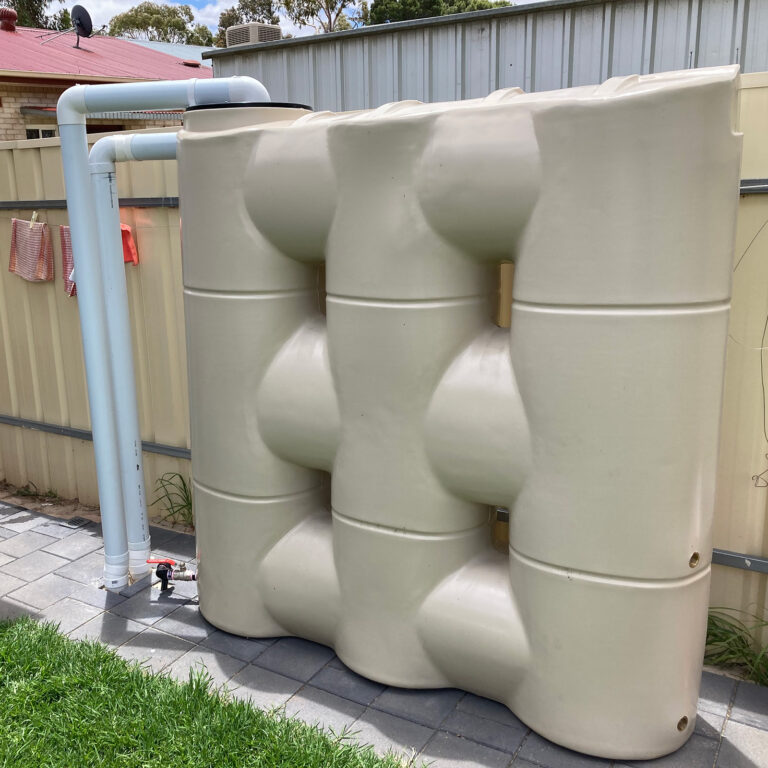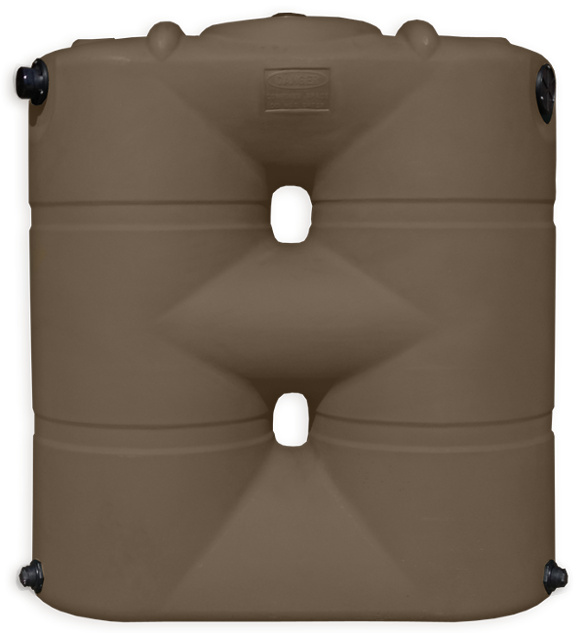Top Reasons to Buy Slimline Water Tanks for Your Home
Introducing the Advantages of Rainwater Containers in Minimizing Water Costs and Ecological Impact
In a world where sustainability and cost-efficiency are increasingly crucial, the utilization of rain tanks provides a sensible and eco mindful remedy. The advantages of incorporating rain storage tanks into household or business buildings prolong beyond plain water costs decreases. By exploring the multifaceted benefits of such systems, one can discover a wealth of understandings into just how they add to a much more sustainable future while favorably impacting both funds and the atmosphere.
Cost Savings Via Rainwater Storage Tanks
When taking into consideration the application of rain containers, substantial cost financial savings can be accomplished with effective water management practices. Rain harvesting supplies a sustainable option that not just decreases water costs yet likewise reduces the strain on local water resources. By catching and keeping rain for different non-potable usages such as watering, commode flushing, and laundry, households and services can considerably lower their dependence on cured water from the grid, resulting in significant expense financial savings with time.
Among the main cost-saving benefits of rainwater containers is the decrease in water energy bills. By using collected rainwater for activities that do not call for potable water, such as sprinkling yards or washing cars, individuals can lower their total water intake from the keys supply, resulting in decreased water costs. Furthermore, rain containers can help reduce the impact of water constraints or dry spells by supplying an alternate water source for important jobs, ensuring continuity in water system without sustaining too much prices. In general, spending in rain containers can lead to lasting monetary savings while promoting water conservation and sustainability.

Ecological Effect Reduction
Executing rainwater storage tanks not only results in price financial savings but also contributes considerably to lowering the environmental influence related to water intake. By capturing rainwater that would otherwise run into tornado drains pipes, rainwater containers aid alleviate pressure on typical water resources like rivers and tanks. This reduced need for municipally treated water brings about energy savings and a decrease in the carbon footprint associated with water therapy and distribution procedures.
In addition, utilizing rain for activities such as horticulture, watering, and cleaning lowers the requirement for making use of cured water for non-potable objectives. This conservation of potable water helps in protecting water resources for important uses and minimizes the energy-intensive procedures associated with treating water to satisfy alcohol consumption requirements.

Water Bill Reduction Conveniences
The installation of rain containers uses substantial monetary advantages via reductions in water costs. By collecting and keeping rain for numerous house uses, such as watering yards, purging toilets, or doing laundry, property owners can significantly decrease their reliance on the metropolitan water supply. This, consequently, results in a noticeable drop in water consumption from standard resources, causing reduced water bills at the end of each invoicing cycle.
Rainwater is a cost-free and lasting source that can supplement or perhaps replace the requirement for utilizing treated water for non-potable functions. Consequently, houses with rainwater storage tanks can see a substantial decline in their total water expenses with time. In addition, throughout durations of water restrictions or dry spell, having a rain tank can give a beneficial different water resource, more minimizing the dependence on costly community water supplies.
In essence, investing in a rain storage tank not only adds to ecological conservation but also provides concrete financial benefits by lowering water expenses and promoting lasting cost financial savings for property owners.
Sustainable Water Monitoring Solutions
Offered the financial benefits and reduced dependence on community water products that rainwater storage tanks give, checking out sustainable water management solutions becomes a sensible following action for property owners seeking to optimize their water use. Sustainable water management involves carrying out methods that efficiently and responsibly utilize water resources while decreasing waste and environmental effect. Rainwater harvesting, which entails gathering and storing rain for later usage, is a crucial element of sustainable water monitoring. By using rainwater containers to capture and store rainwater, property owners can decrease their dependancy on standard water sources, such as community materials or groundwater, thus contributing to water conservation initiatives.

Along with rainwater harvesting, lasting water monitoring solutions might include applying water-efficient appliances, fixtures, and landscape design practices - Slimline water tanks. Installing low-flow bathrooms, showerheads, and faucets can dramatically lower water consumption within houses. Incorporating drought-resistant plants and using wise watering systems can assist lessen water usage for exterior landscaping. By embracing these lasting water management techniques, homeowners can not just maximize their water use yet likewise add to ecological preservation and minimize their water bills in the future.
Community Water Source Conservation

Additionally, community involvement can extend to the execution of water-saving technologies and methods on a bigger scale. Encouraging the adoption of rainwater tanks, greywater recycling systems, and efficient irrigation techniques within communities can bring about considerable decreases in water intake. Additionally, promoting a sense of cumulative responsibility for water conservation can promote lasting habits and practices amongst area participants.
Furthermore, area water resource preservation efforts can lead the way for stronger bonds among homeowners and a shared dedication to ecological stewardship. By functioning together to safeguard and maintain water resources, neighborhoods can contribute significantly to a much more sustainable and resilient future.
Conclusion
To conclude, rainwater storage tanks provide considerable price visit site savings, environmental advantages, and contribute to lasting water administration services. By reducing water bills, saving water sources, and decreasing environmental influence, rainwater containers play a crucial function in promoting water preservation and sustainability - Slimline water tanks. Their implementation not only benefits go to this web-site specific households however likewise adds to the more comprehensive objective of community water resource management and conservation